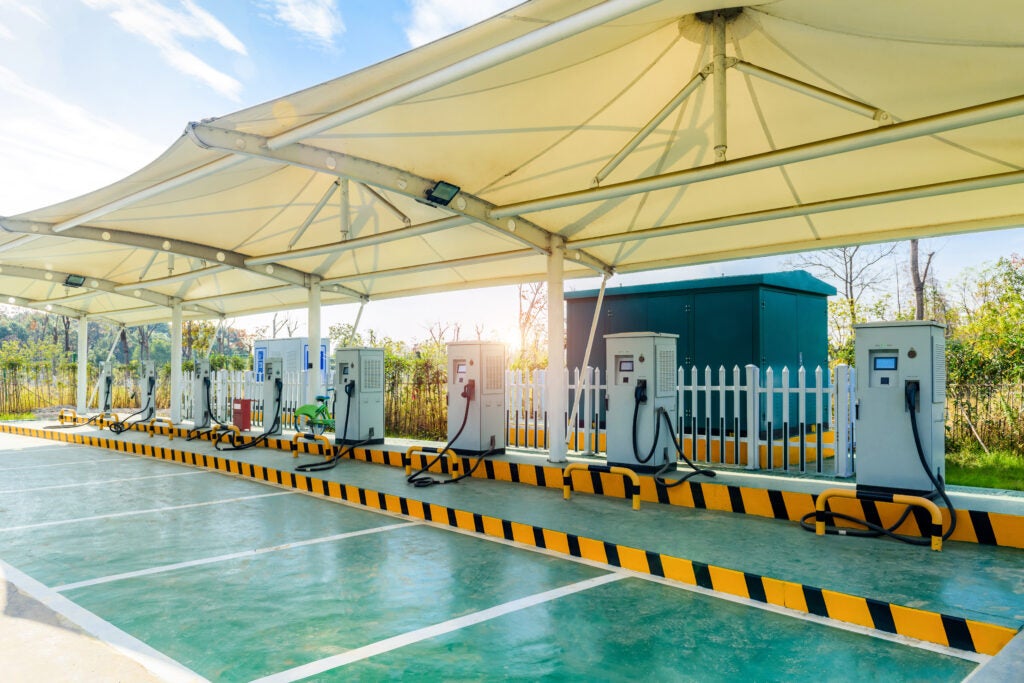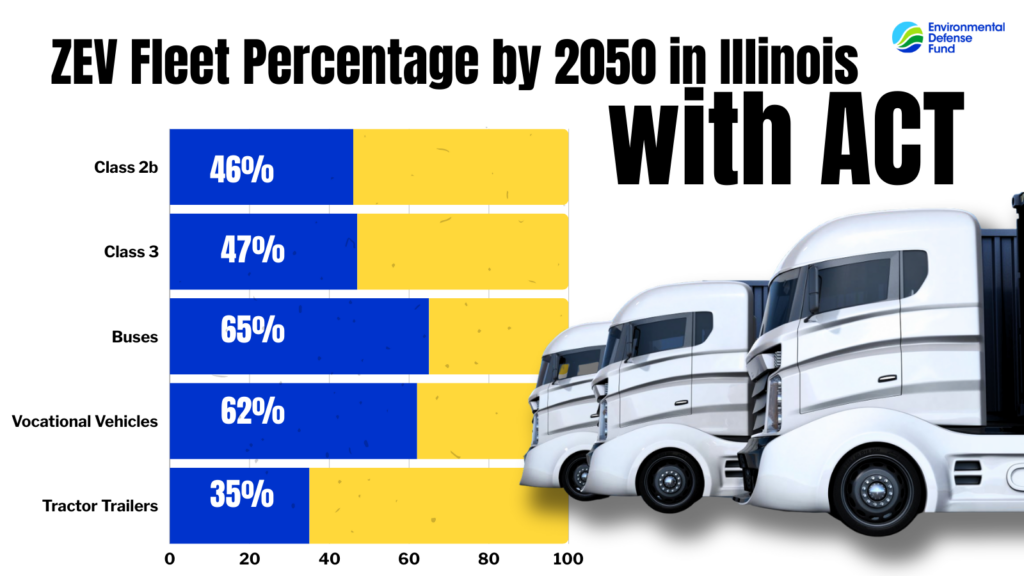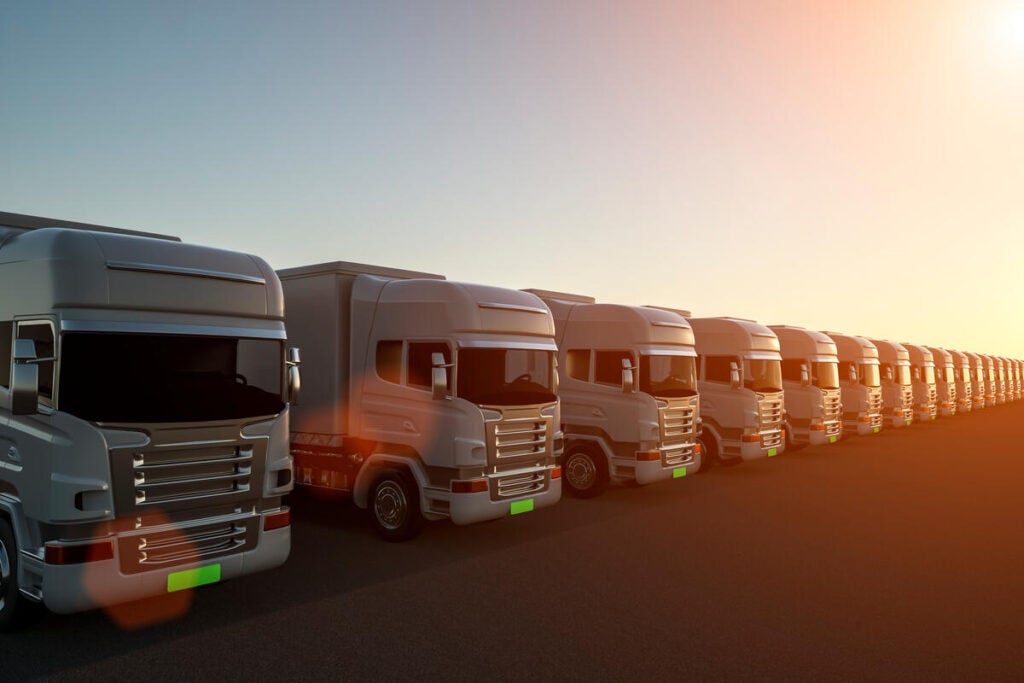By Casey Horan
Transportation electrification is accelerating at an unprecedented rate, with nine states adopting the Advanced Clean Trucks rule, which requires manufacturers to produce increasing amounts of zero-emission medium- and heavy-duty vehicles. There are more pathways than ever for MHDV fleets to electrify, as state and federal programs like those within the Inflation Reduction Act are incentivizing the transition by way of grants, rebates and financing.
To accommodate the vast amount of MHDEVs gearing up to electrify and help fleets get on the road faster, states can take advantage of a range of available solutions to address existing barriers. For example, one of the biggest challenges utilities face is timely interconnection, i.e., connection to the distribution grid, with fleets that require more capacity facing multi-year delays in some states.





